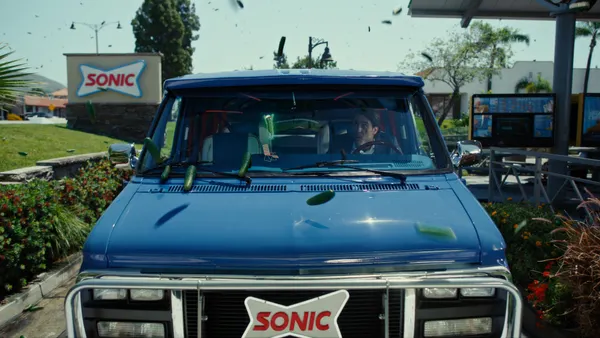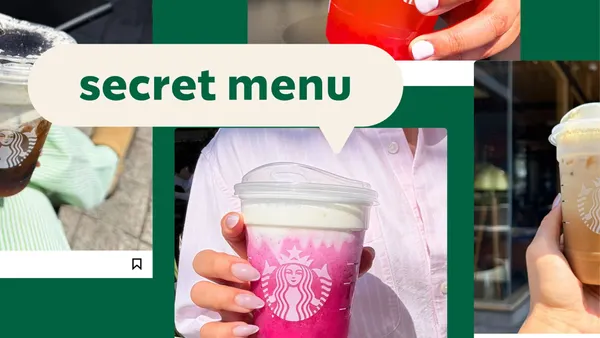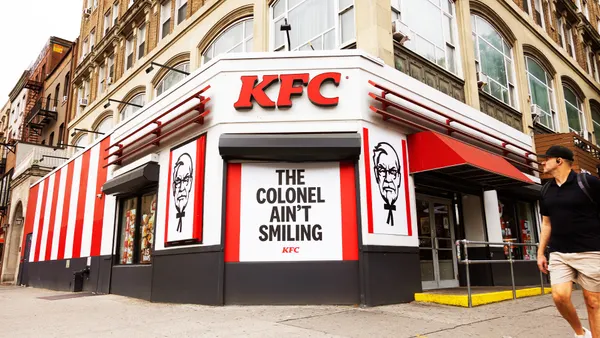Dive Brief:
- Diners who are members of loyalty programs spent more than twice as much on takeout in 2020 than those who are not part of a loyalty program, according to a report from Paytronix Systems, done in partnership with PYMNTS.com.
- Average monthly amounts for loyalty users ordering takeout at QSRs $200 versus $104 for non-users while loyalty users spent $232 on takeout at sit-down restaurants versus $112 spent by non-users.
- The spending disparity between loyalty members and non-members reflects why so many major brands, including Taco Bell, Wendy's and White Castle, have added or enhanced their loyalty programs during the the pandemic.
Dive Insight:
One in three consumers say the availability of a loyalty program would make them more likely to choose one restaurant over another in the coming months, which suggests such programs will be not just be a consumer expectation, but also a key to restaurants' recovery, according to the National Restaurant Association's 2021 State of the Restaurant Industry report. Twelve percent of quick-service operators have added a loyalty program since March 2020, a move that could recoup sales amid the industry's economic disruption, according to NRA's report.
Burger King is the most recent chain to test a new loyalty program, which enables members to earn 10 points for every $1 spent and leverages digital channels. Among those incentives is the ability to earn points for ordering delivery directly from BK.com or the BK app. McDonald's is also testing its new MyMcDonald's Rewards program, in which participants can earn points per dollars spent, and can also use cash and mobile order and pay to earn rewards.
Burger King, McDonald's and Taco Bell are also testing new restaurant prototypes that allow customers to pick up mobile-order-ahead orders from a dedicated drive-thru lane, which appears to be a growing diner demand. Paytronix's research found, for example, that 33% of restaurant customers would be more encouraged to spend more on food if they could pick up their orders at the drive-thru, while 35% said they would spend more if they could order via an app.
Appealing to takeout customers has become critical in the past year as dine-in capacities have been limited and off-premise business have grown significantly. The Paytronix report found that 63% of the $769 billion spent ordering food last year was eaten at home, and most takeout orders were facilitated by digital channels, with 89% of the $486 billion spent on food eaten at home ordered through a desktop website, mobile app or aggregator app. The NPD Group data also revealed that restaurant digital orders increased by 145% in December compared to a year ago.
One challenge for loyalty adoption, however, could be keeping those digital customers engaged once dine-in returns to full capacity. But Paytronix's report indicates there are plenty of benefits for such a rewards program to extend beyond apps and websites. The report shows the average sit-down restaurant customer who used rewards programs in 2020 spent $167 per month on food eaten on-site, or 92% more than dine-in customers who did not use a rewards program.












